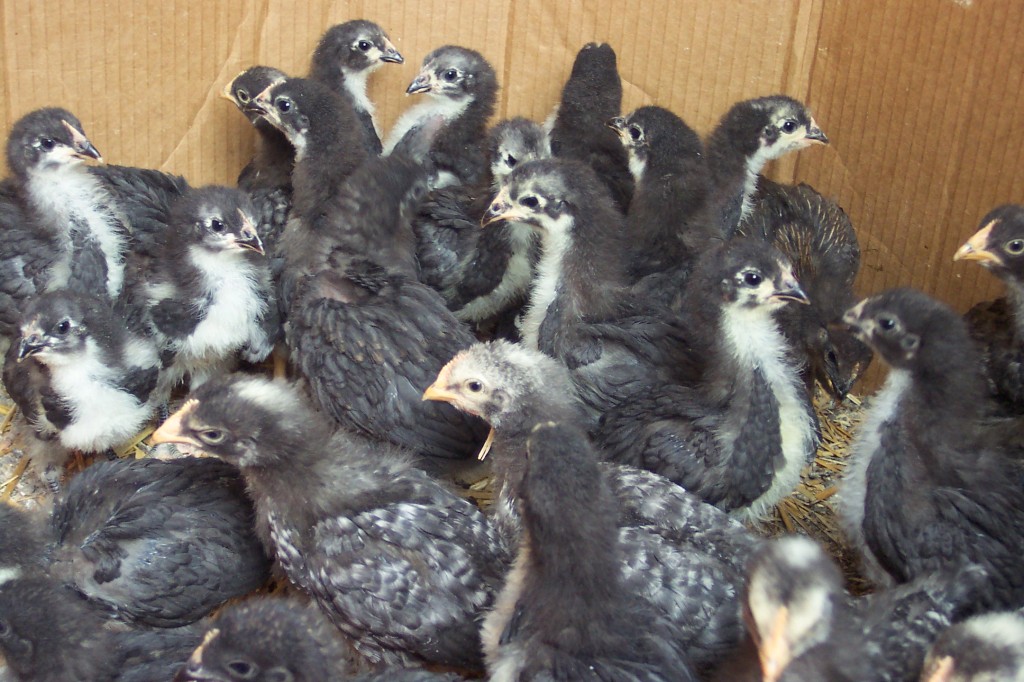A few days ago a gardener proclaimed to me that an expert had told her that Lichens are found only on trees that are no longer growing. I don’t know what expert might have told her that but I’m sure she misinterpreted whatever may have been said.
The study of Lichens is a huge branch of Biology in and of itself. People who take an interest in that field of study often become quite rabid about the subject. I’ve been on expeditions where the Biologist talked as if the world existed for the sake of providing a place for Lichens to grow.
Lichens are actually a combination of two organisms, a fungus and an algae. They work together as one in order to survive in places where they couldn’t otherwise. The algae provides energy through photosynthesis while the fungus provides shelter and a place for the algae to live.
They can be found covering a wide variety of objects in addition to trees including rocks, roofs, bare soil and just about any other exposed surface.
On trees Lichens are harmless. They are actually quite attractive on trees adding an extra visual element to the landscape. Many gardeners will go to extreme lengths to get Lichens established on certain features in their garden. Lichens growing on the roof, on gravestones or other unwanted places is a whole different subject that we won’t cover here.
As for the gardener who thought that Lichens can be found only on non-growing trees, all she has to do is look in her own yard to see that Lichens are quite happy on actively growing trees.
Bob





